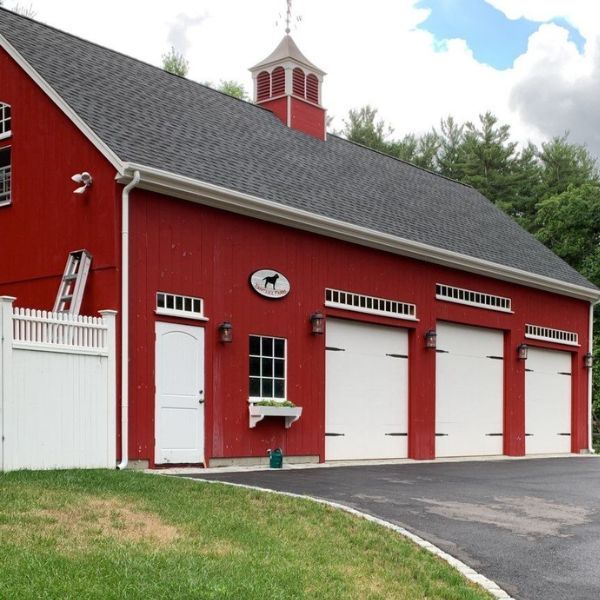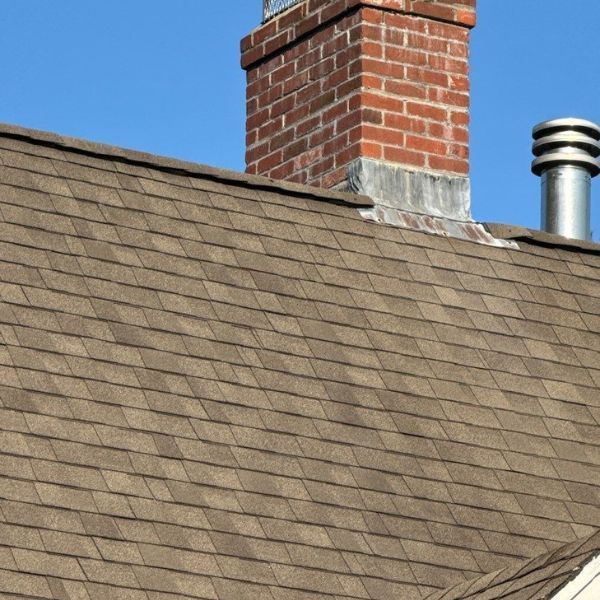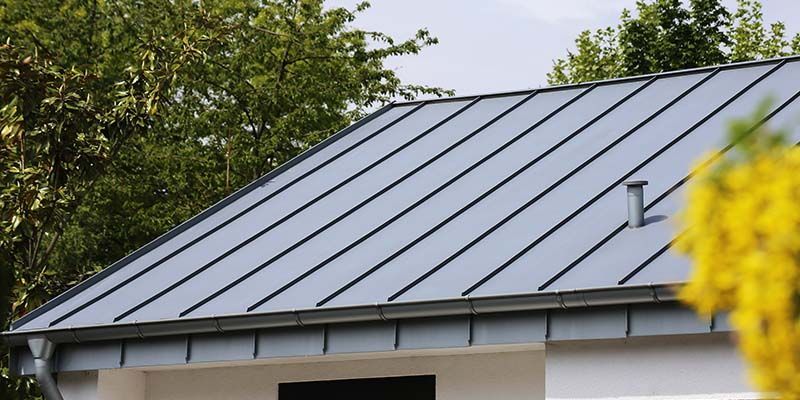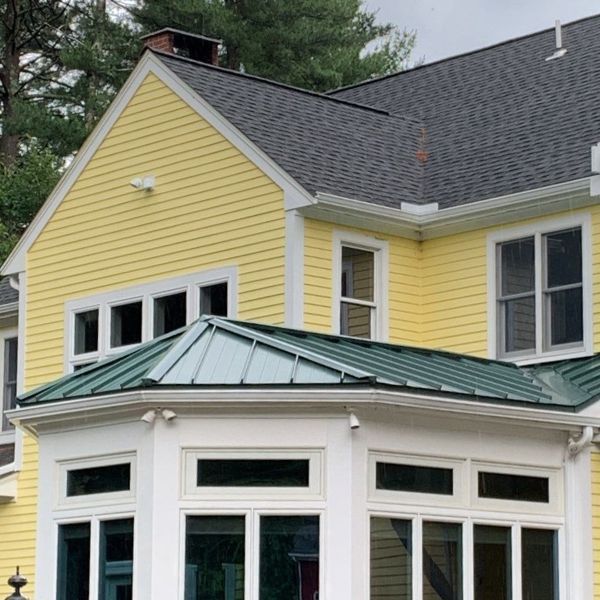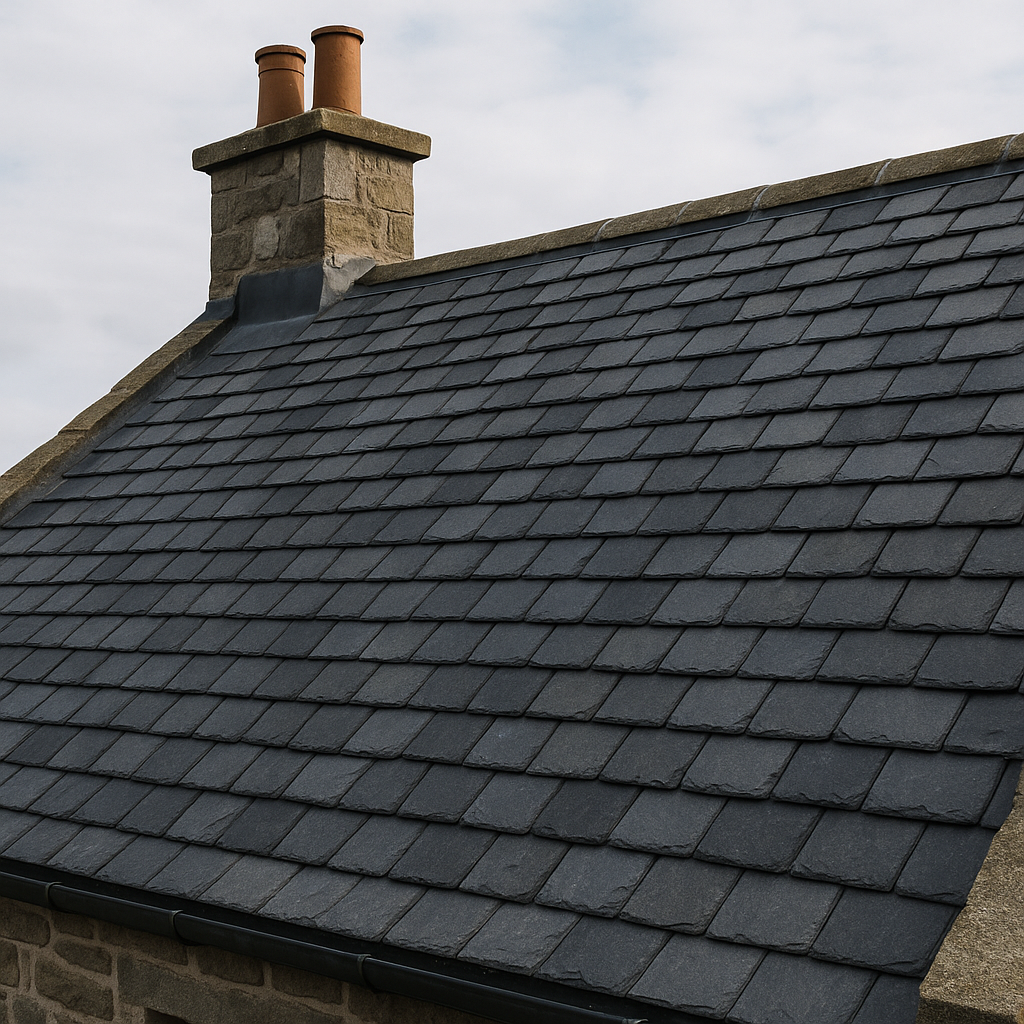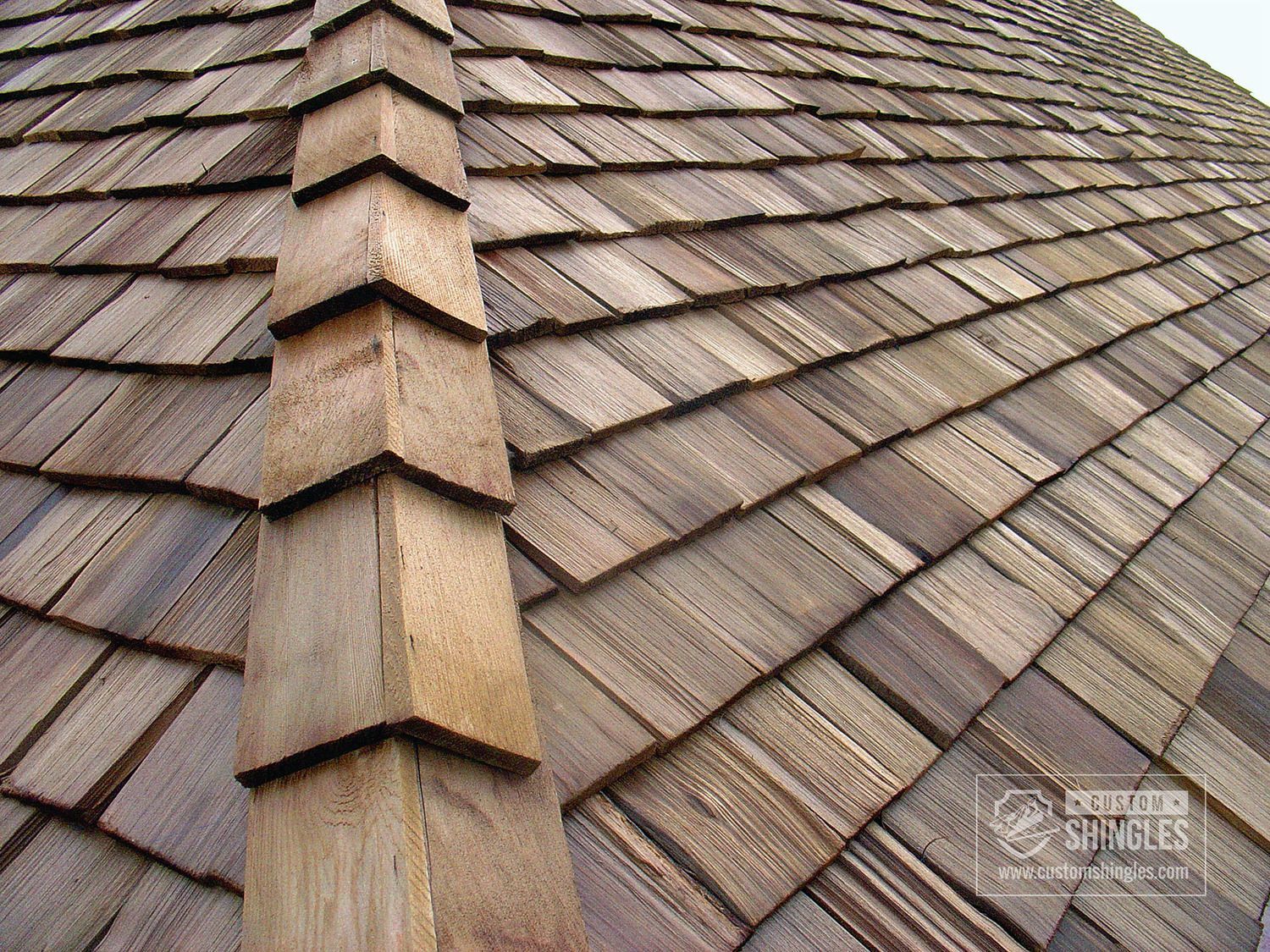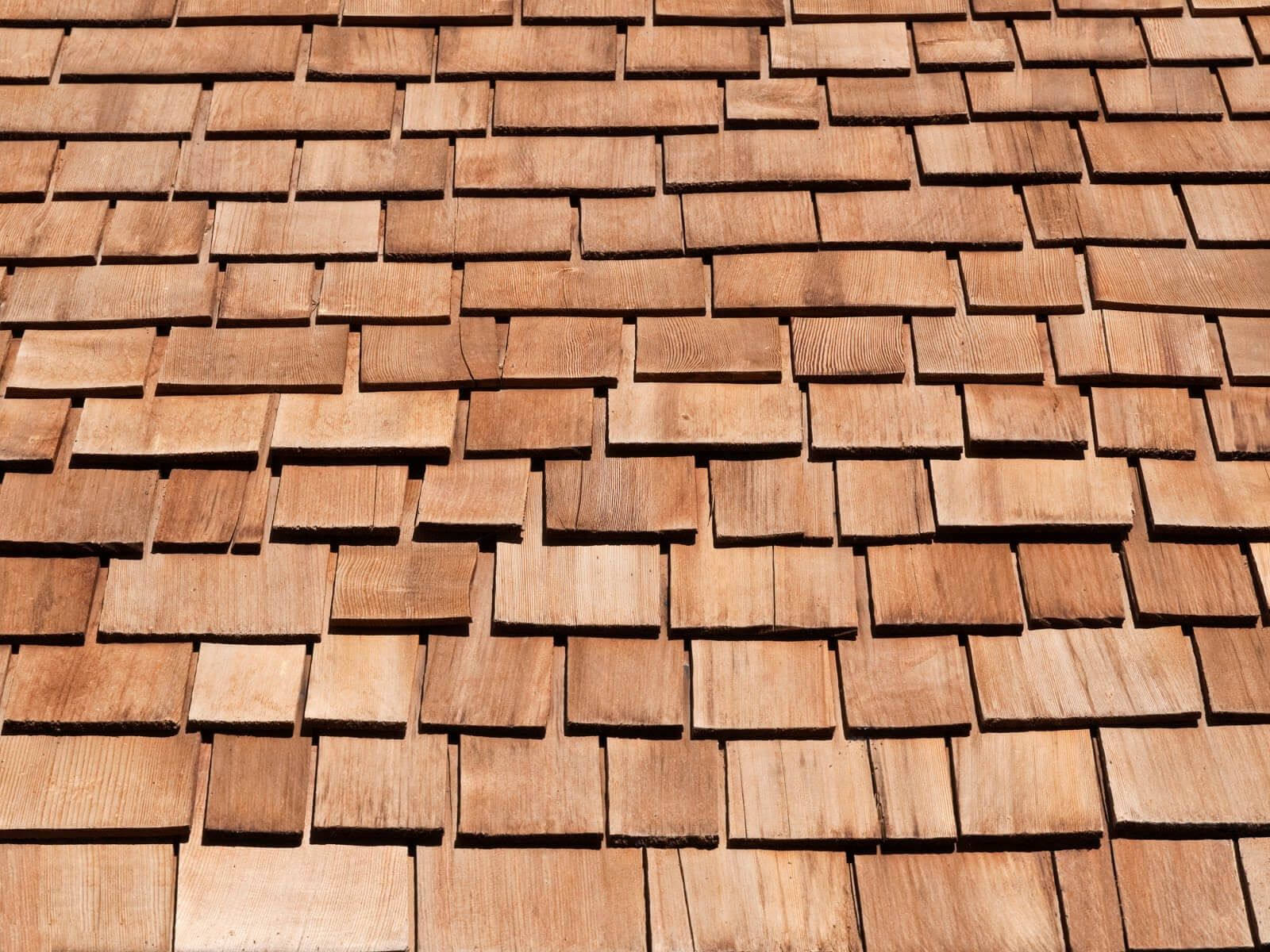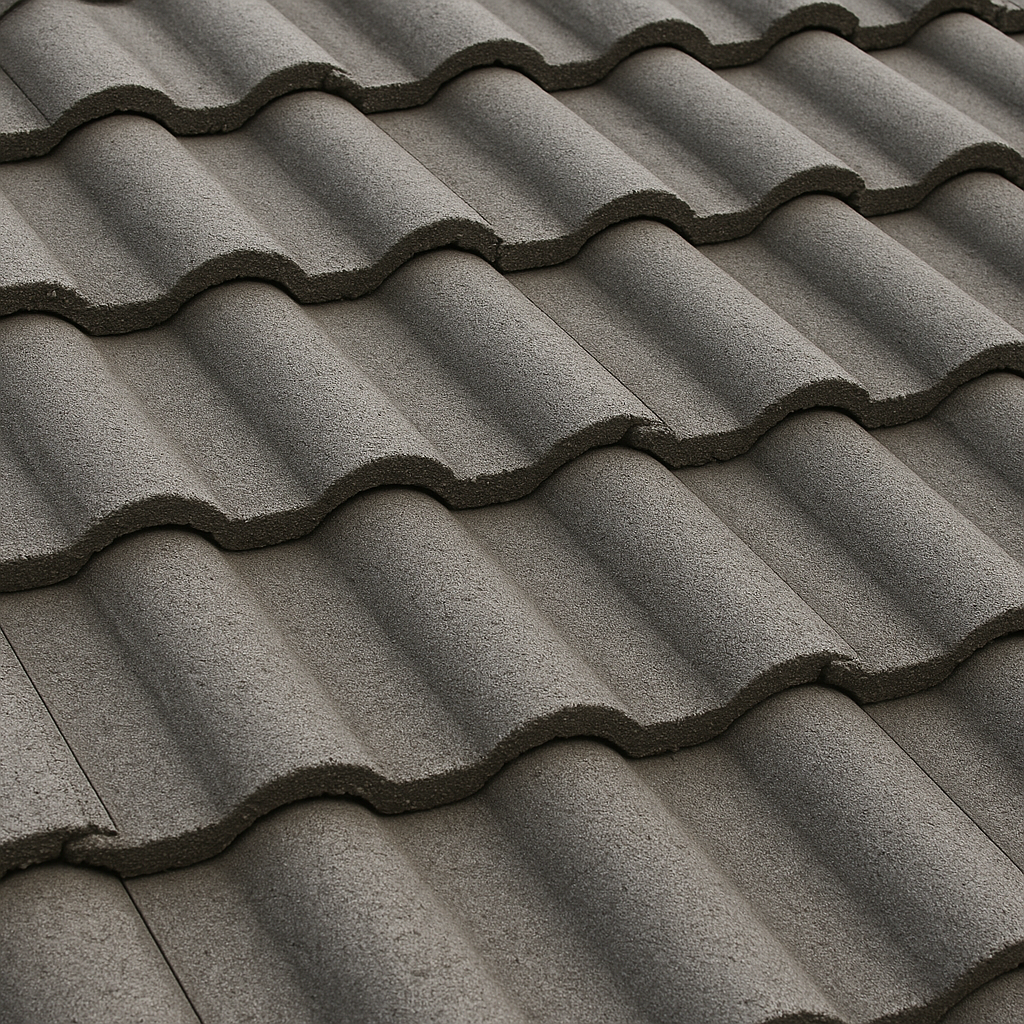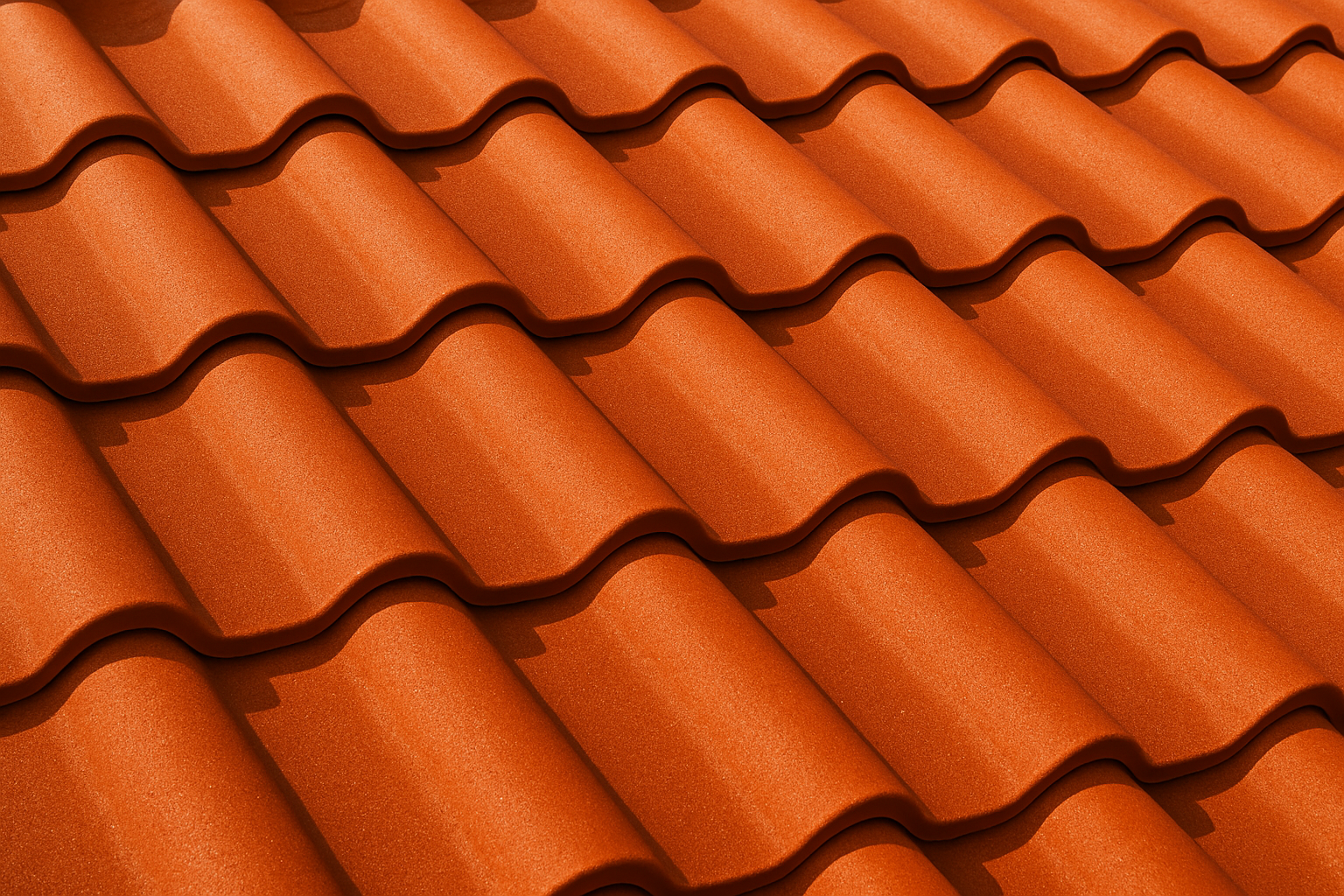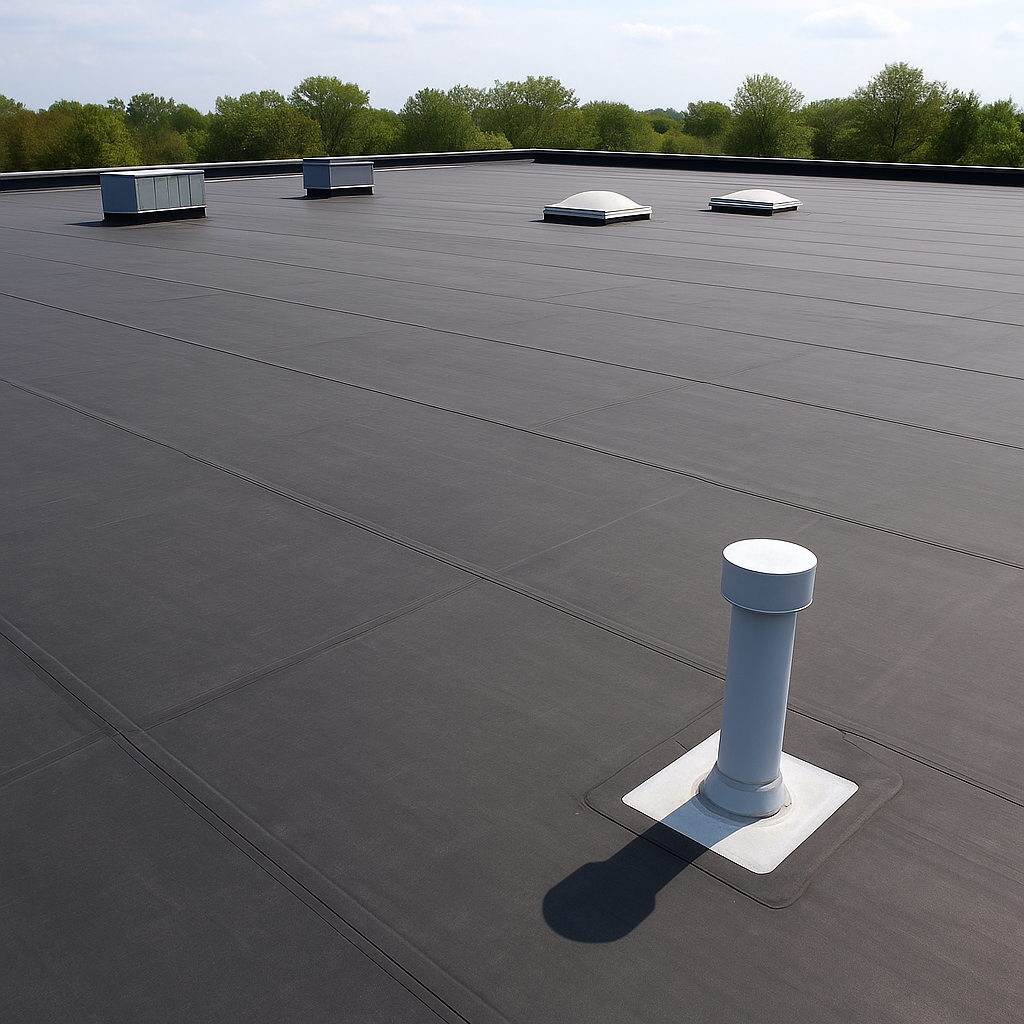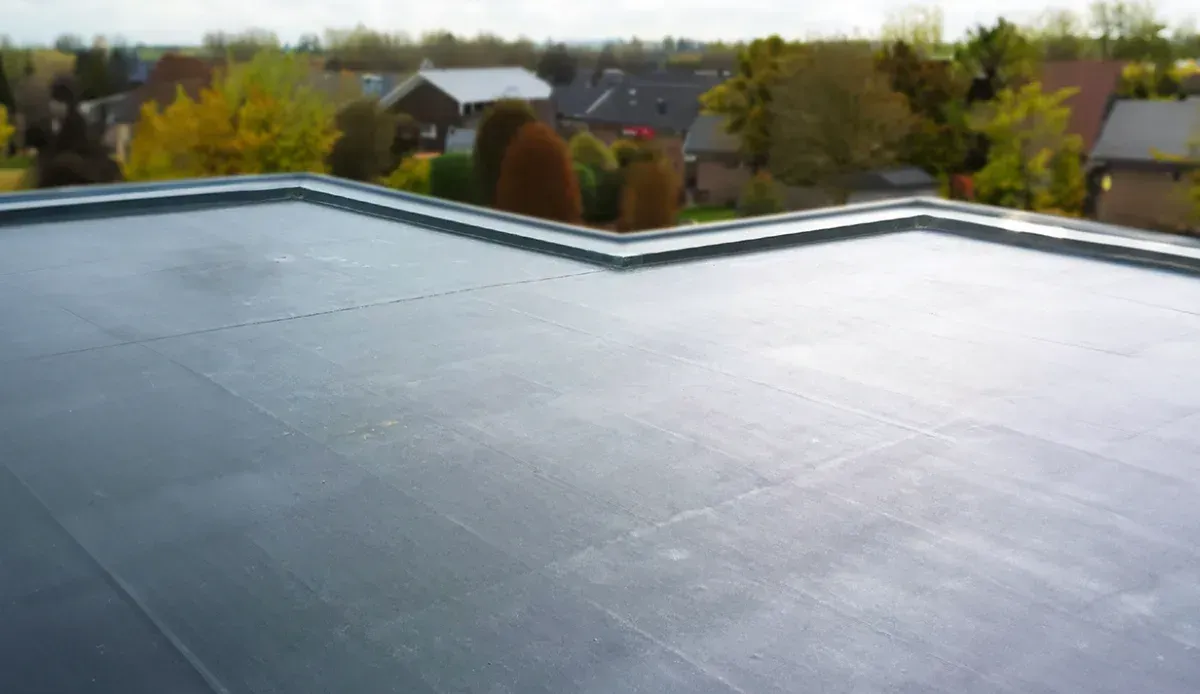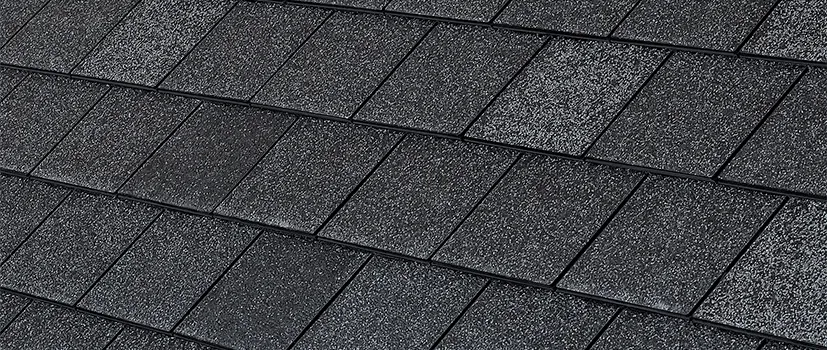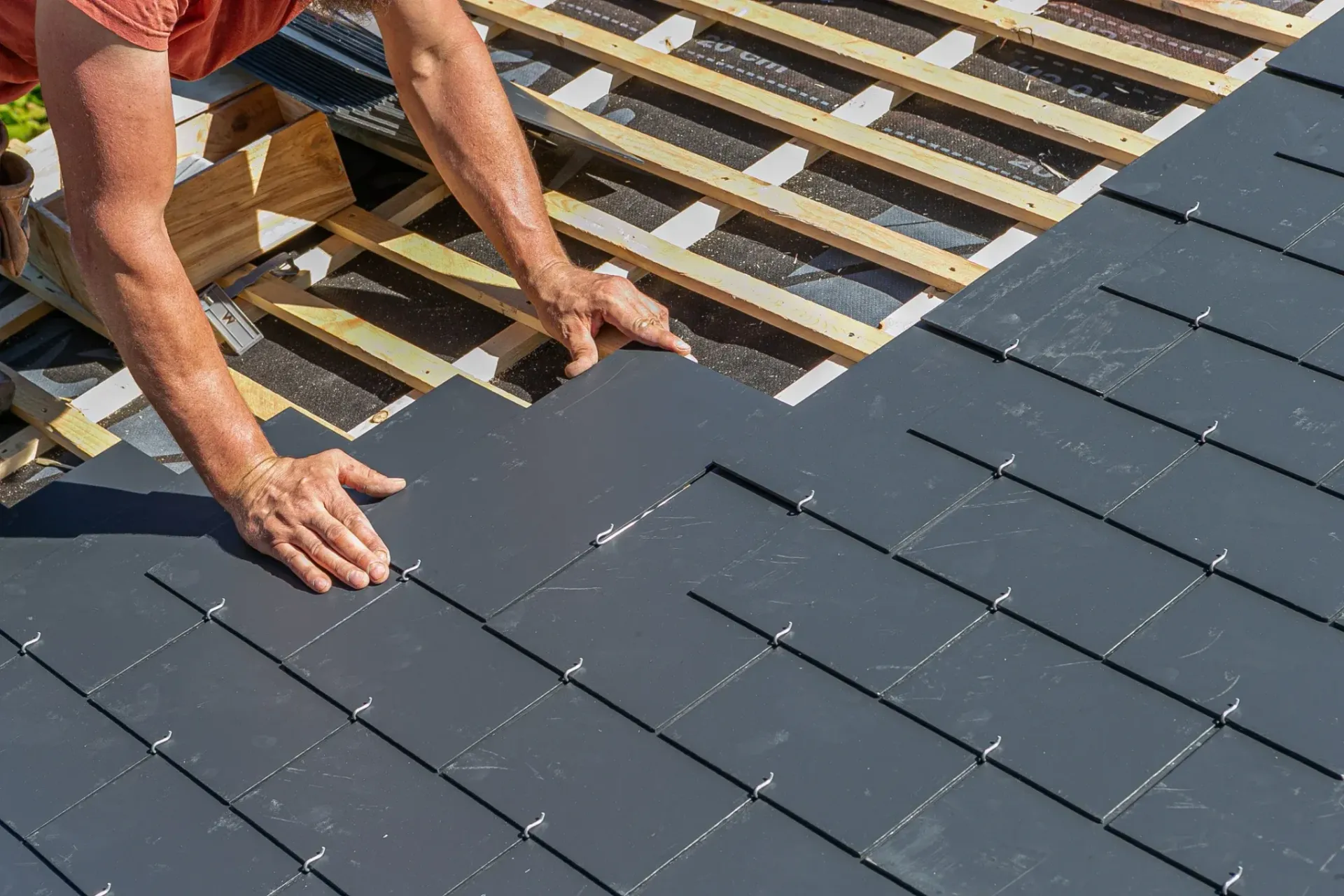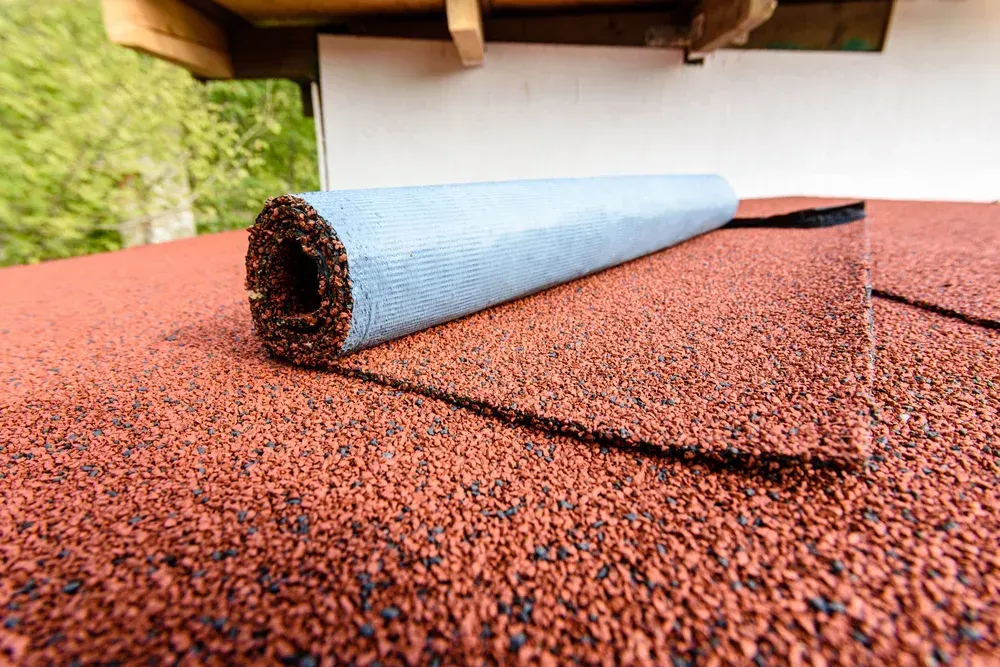Tired of typing Roofing Companies Near Me? Try Our Roofing Guide
Upgrading and Maintaining Your Roof
This guide, brought to you by Masterroof.com, provides a comprehensive overview of upgrading and maintaining your roof, tailored for homeowners seeking to enhance their property’s value and protection. It includes roofing options, trends, and contractor selection.
Why Upgrade Your Roof?
Upgrading and maintaining your roof is a critical decision for homeowners, impacting energy efficiency, property value, and storm protection.
Improved Energy Efficiency
Modern roofing materials, such as cool roofs and metal roofing, are designed to reflect heat rather than absorb it. This can help keep your home cooler in the summer, potentially reducing energy costs by up to 10-15%. For example, cool roofs can lower the roof’s surface temperature by up to 50 degrees, leading to significant savings on cooling bills.
Lower Home Insurance Premiums
It seems likely that certain roofing materials, such as impact-resistant shingles or metal roofs, can qualify you for lower home insurance premiums. These materials are more durable and better protect your home from damage, making them a safer investment in the eyes of insurance companies, potentially reducing premiums due to reduced risk.
Increased Property Value
The evidence leans toward a new or upgraded roof significantly increasing your home’s resale value. Prospective buyers are often willing to pay more for a house with a high-quality, long-lasting roof, as it reduces the need for future repairs. This can be a key selling point, especially in competitive markets.
Storm Protection
Upgrading to a more durable, weather-resistant roof can help protect your home from high winds, hail, and heavy rains. Storms can cause severe damage, especially to older roofs, and an upgraded roof provides better safeguarding, ensuring your home and belongings are secure during adverse weather conditions.
These benefits highlight why upgrading your roof is a smart investment, offering both immediate and long-term advantages.
Types of Roofing Materials
Choosing the right roofing material is key to upgrading your home’s durability, energy efficiency, and curb appeal. Each material offers unique benefits, costs, and lifespans, catering to different climates, budgets, and aesthetic preferences. Below, we explore the most popular roofing options, their pros and cons, and estimated costs to guide your decision. For personalized recommendations, connect with certified professionals at
Masterroof.com.
Asphalt Shingles
Asphalt shingles remain a top choice for homeowners due to their affordability, versatility, and ease of installation. Available in a wide range of colors and styles, they suit nearly any home design, from modern to traditional. While cost-effective, they may require replacement sooner than other materials in harsh weather conditions.
- Pros: Affordable, easy to install, versatile styles and colors.
- Cons: Shorter lifespan, susceptible to wind or hail damage.
- Cost (Installed): $6–$8 per square foot.
- Lifespan: 35–50 years.
Metal Roofing
Metal roofing, made from materials like aluminum, steel, copper, or zinc, is prized for its exceptional longevity and energy efficiency. Its reflective properties help reduce cooling costs, making it ideal for warm climates. While the upfront cost is higher, its durability and low maintenance make it a smart long-term investment.
- Pros: Extremely durable, lightweight, fire-resistant, energy-efficient.
- Cons: Higher initial cost, can be noisy during rain without insulation, requires specialized installation.
- Cost (Installed): $18-$25 per square foot.
- Lifespan: 40–100+ years.
Slate Roofing
Slate roofing offers unparalleled beauty and durability, with natural stone tiles that elevate a home’s value and aesthetic. Lasting up to two centuries, it’s a premium choice for those seeking a lifetime investment. However, its weight demands structural reinforcement, adding to installation complexity.
- Pros: Incredibly durable, low maintenance, enhances home value, natural aesthetic.
- Cons: Very heavy, requires structural support, expensive, and complex installation.
- Cost (Installed): $30–$40 per square foot.
- Lifespan: 75–200 years.
Cedar Shingles and Shakes
Cedar shingles and shakes bring a rustic, natural charm to homes, often used in traditional or coastal designs. Treated for fire resistance, they offer good insulation but require regular maintenance, especially in humid or fire-prone areas, to maintain their longevity.
- Pros: Natural aesthetic, good insulation, can be treated for fire resistance.
- Cons: Requires regular maintenance, not ideal for high-moisture or fire-risk climates.
- Cost (Installed): $6–$16 per square foot
- Lifespan: 20–50 years.
Clay and Concrete Tiles
Clay and concrete tiles are renowned for their fireproof nature and longevity, making them perfect for hot climates. Their distinctive look adds a Mediterranean or Spanish flair to homes. While durable, their weight requires additional structural support, increasing installation costs.
- Pros: Long-lasting, fireproof, durable in hot climates, aesthetically pleasing.
- Cons: Heavy, costly installation due to structural needs, higher initial cost.
- Cost (Installed): Clay: $15–$22, Concrete: $7–$20 per square foot.
- Lifespan: Clay: 50–100+ years, Concrete: 30-50+ years
EPDM (Rubber) Roofing
EPDM rubber roofing is a cost-effective, durable option for flat or low-slope roofs, commonly used in commercial settings but also suitable for residential homes. Easy to repair, it offers reliable performance but requires professional installation to avoid damage from heavy traffic or sharp objects.
- Pros: Low cost, durable for flat roofs, easy to repair, good for commercial applications.
- Cons: Requires professional installation, vulnerable to damage from traffic or sharp objects.
- Cost (Installed): $4.50–$12 per square foot (materials, higher with installation).
- Lifespan: 20–305years.
Synthetic or Composite Shingles
Synthetic or composite shingles mimic the appearance of wood, slate, or tile but with less weight and maintenance. They offer a durable, attractive alternative for homeowners seeking premium aesthetics without the high cost or structural demands of natural materials.
- Pros: Mimics wood/slate/tile, low maintenance, durable, less weight.
- Cons: More expensive than asphalt, not as long-lasting as natural slate or tile.
- Cost (Installed): $10–$15 per square foot.
- Lifespan: 30–50 years.
Rolled Roofing
Rolled roofing is the most budget-friendly option, ideal for low-slope roofs on sheds, garages, or small homes. Quick to install, it’s a practical choice for cost-conscious projects but offers a shorter lifespan and less aesthetic appeal compared to other materials.
- Pros: Cheapest option, quick to install, suitable for low-slope roofs.
- Cons: Short lifespan, less visually appealing, less durable.
- Cost (Installed): $2–$6.50 per square foot.
- Lifespan: 10–20years.
Asphalt Shingles with Metal Combination
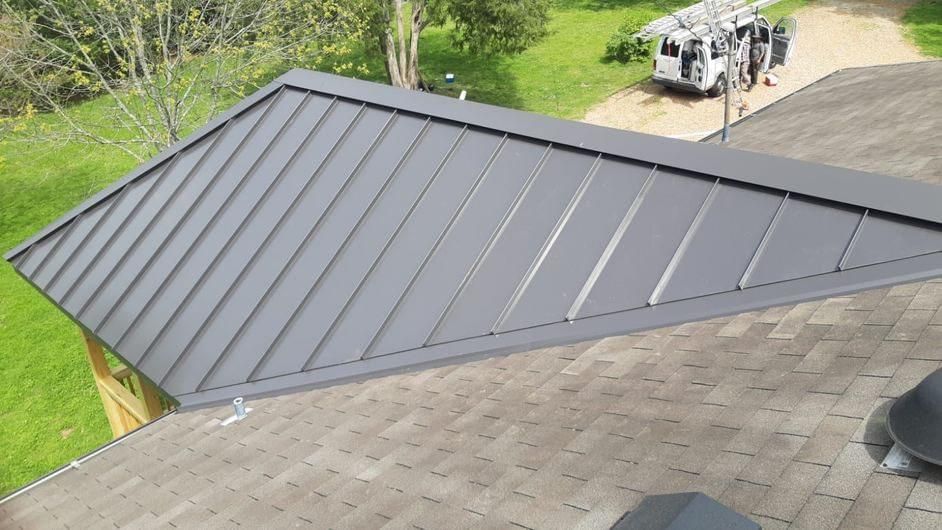
This combination pairs cost-effective asphalt shingles for most of the roof with metal accents on areas like porches or dormers, blending affordability with modern flair. Asphalt offers easy installation, while metal adds durability and energy efficiency, creating a striking contrast.
- Pros: Budget-friendly, durable metal sections, visually appealing contrast.
- Cons: Requires careful installation for transitions, metal sections cost more.
- Cost (Installed): $5–$20 per square foot (blended average).
- Lifespan: 30–50 years (varies by section).
- Main Manufacturers: GAF (StainGuard Plus shingles, TPO metal edge), Owens Corning (asphalt shingles, metal underlayment).
Asphalt Shingles with Metal Combination
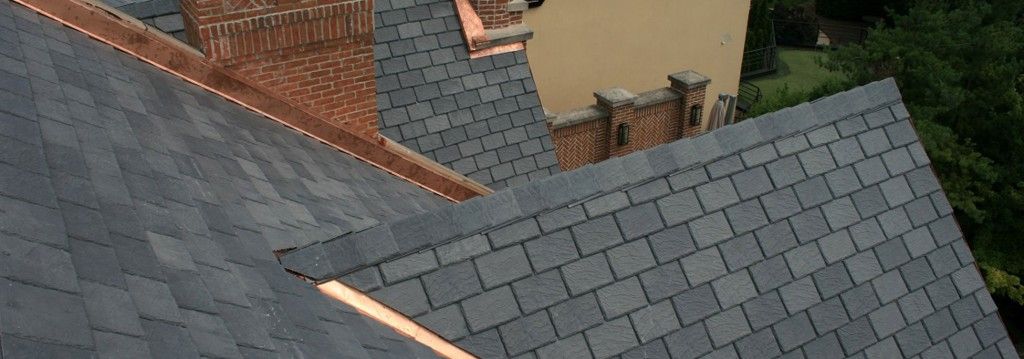
Combining genuine slate with synthetic shingles balances luxury and practicality. Slate provides classic beauty and longevity, while synthetic shingles mimic its look at a lower cost and weight, reducing structural demands while maintaining elegance.
- Pros: Long-lasting slate, lighter synthetic options, cost-effective aesthetic.
- Cons: Slate is expensive and heavy, and requires skilled installation.
- Cost (Installed): $7.5–$20 per square foot
- Lifespan: 30-50 years (varies by section).
- Main Manufacturers: CertainTeed (asphalt-based slate look), DaVinci Roofscapes (synthetic slate).
Wood Shakes and Metal Roofing Combination
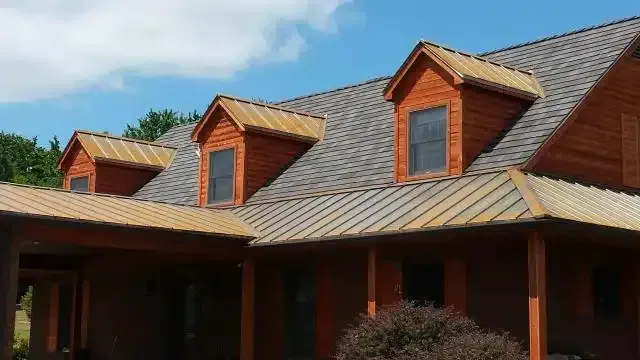
Wood shakes paired with metal roofing merge rustic charm with modern durability. Wood offers a timeless look for traditional homes, while metal enhances weather resistance and energy efficiency, often used on steeper slopes or accents.
- Pros: Rustic aesthetic, durable metal sections, energy-efficient.
- Cons: Wood requires maintenance and complex installation for transitions.
- Cost (Installed): $6–$22 per square foot (blended average).
- Main Manufacturers: GAF (asphalt-compatible wood-look), Owens Corning (metal roofing products).
Rubber Roofing with Traditional Materials Combination
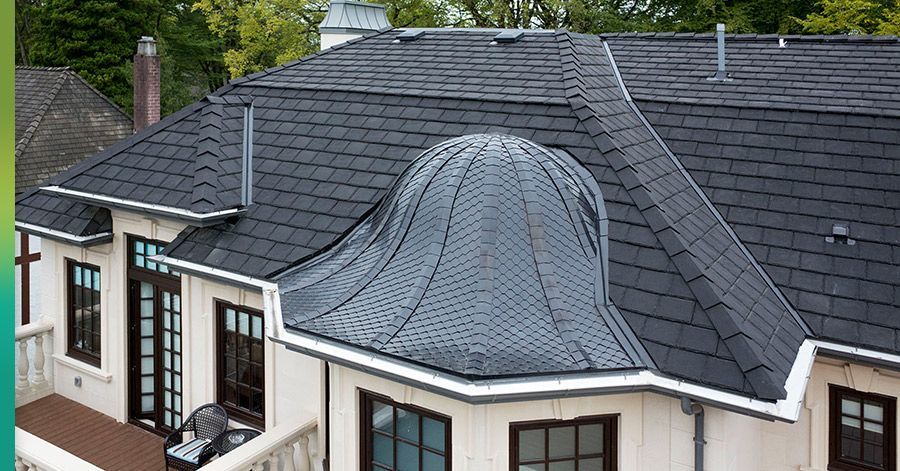
This combination uses rubber roofing (EPDM) for flat or low-slope sections and traditional materials like shingles for pitched areas, optimizing cost and durability. Rubber is durable and cost-effective for flat roofs, while shingles enhance aesthetics on sloped sections.
- Pros: Cost-effective for flat roofs, durable, versatile aesthetic.
- Cons: Requires professional installation, and aesthetic transitions need planning.
- Cost (Installed): $5–$18 per square foot (blended average).
- Lifespan: 20–40 years (varies by section).
- Main Manufacturers: Firestone Building Products (EPDM), Carlisle SynTec Systems (rubber roofing).
Cost and Lifespan of Roofing Types in New England (2025)
| Type | Cost per sq ft (Installed) | Lifespan |
|---|---|---|
| Asphalt | $3 - $6 | 15 - 30 years |
| Slate | $15 - $30 | 75 - 200 years |
| Cedar Shingles/Shakes | $6 - $12 | 20 - 40 years |
| Clay | $10 - $18 | 50 - 100 years |
| Concrete | $8 - $15 | 40 - 75 years |
| EPDM Rubber | $5 - $9 | 20 - 35 years |
| Composite | $7 - $13 | 30 - 50 years |
| Rolled Roofing | $1.50 - $4 | 5 - 10 years |
| Shingles/Metal Combination | $8 - $14 | 30 - 50 years |
| Wood Shakes/Metal Combination | $9 - $16 | 30 - 60 years |
| Rubber/Traditional Material Combination | $6 - $11 | 25 - 40 years |
What are the Roofing Trends for 2025
The provided content highlights several roofing trends for 2025, focusing on sustainability, energy efficiency, and weather resistance. These trends are gaining traction, as verified by current research:
Cool Roofs
Designed to reflect more sunlight and absorb less heat, cool roofs can significantly lower cooling costs in warm climates. They often use reflective coatings or lighter colors, reducing the roof’s surface temperature by up to 50 degrees, leading to energy savings.
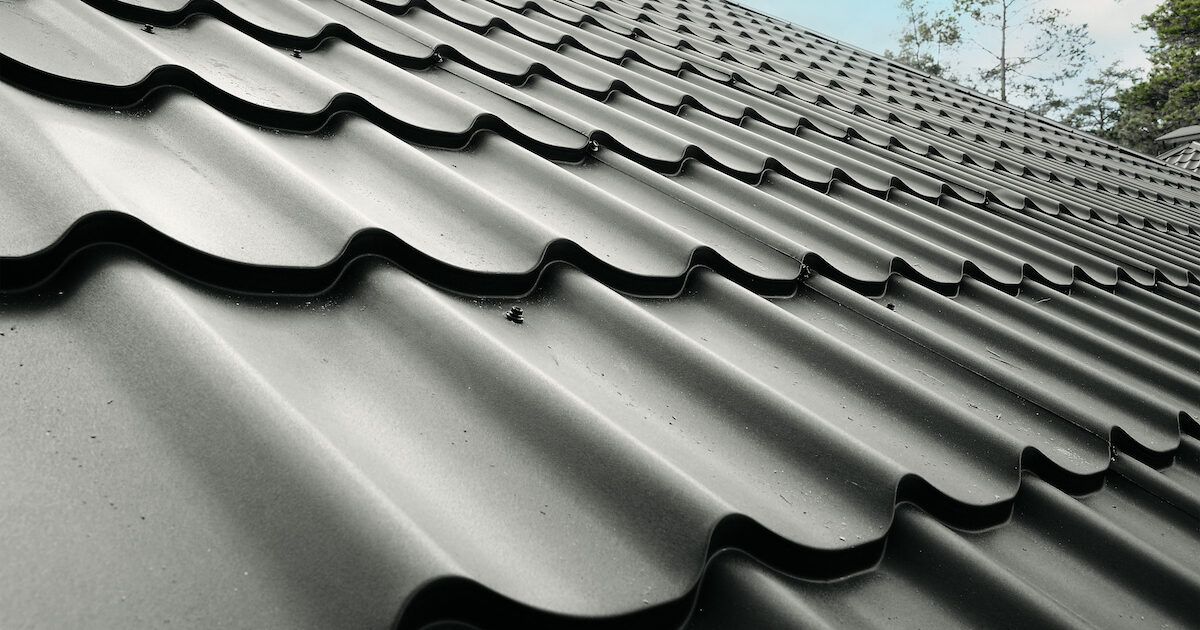
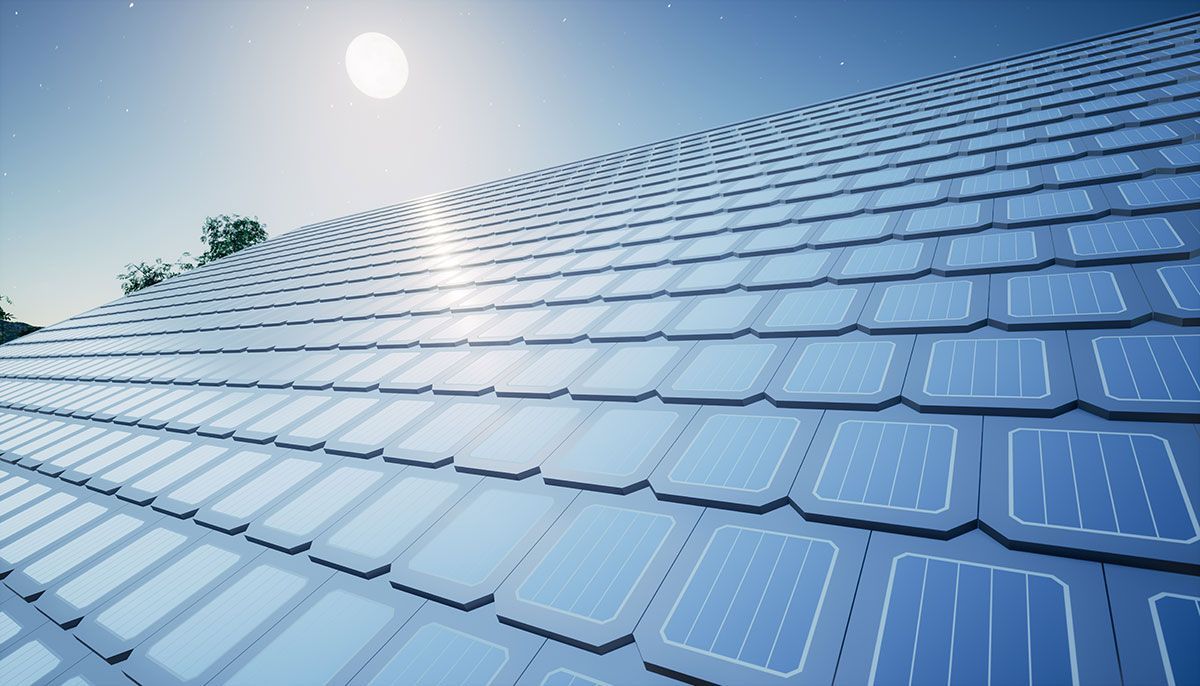
Solar Roofing
Solar roofing integrates solar technology into roofing materials, such as solar shingles or tiles, generating electricity for your home. While the upfront cost is high ($15 to $63 per sq ft), long-term savings on energy bills and potential tax credits make it appealing, aligning with the growing focus on sustainability.
Impact-Resistant Roofing
With increasingly unpredictable weather patterns, impact-resistant roofs are designed to withstand hail, debris, and strong winds. These materials provide better protection during storms and may help lower home insurance premiums, making them a practical choice for storm-prone areas.
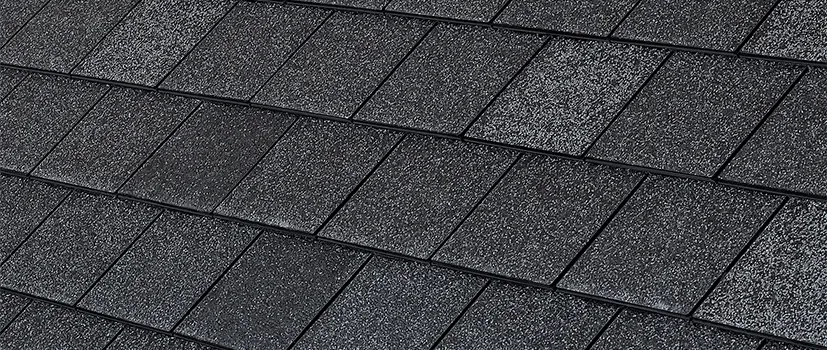
Sustainable Materials
Eco-friendly options like recycled metal or synthetic slate are becoming more popular. These materials offer the same durability and aesthetic appeal as their traditional counterparts but are made from sustainable resources, reducing environmental impact while maintaining performance.
These trends reflect the industry’s shift toward energy efficiency and environmental responsibility, offering homeowners innovative ways to upgrade their roofs.
Choosing the Right Contractor
The evidence leans toward hiring a reliable and experienced contractor being crucial for any roofing project. The provided content outlines key factors to consider, with additional emphasis on Masterroof.com’s services:
Experience
Ensure the contractor has experience with the specific type of roof you’re installing or repairing, as different materials require different expertise.
Licensing and Insurance
Verify that the contractor is licensed and carries insurance to protect both you and their workers, ensuring safety and legal compliance.
References and Reviews
Look for contractors with positive reviews and a history of satisfied clients, as this indicates reliability and quality of work.
Warranty
A good contractor should offer a warranty on both the materials and the installation work, providing peace of mind and protection against future issues.
Case Studies and Project Portfolio
Reviewing a contractor’s case studies and project portfolio provides valuable insight into their expertise and versatility. A strong portfolio showcases a range of completed projects, from modern metal roofs to historic cedar shake restorations, demonstrating their ability to handle your specific needs. Explore these success stories and projects to see how our roofing professionals deliver exceptional results tailored to each homeowner’s goals.
